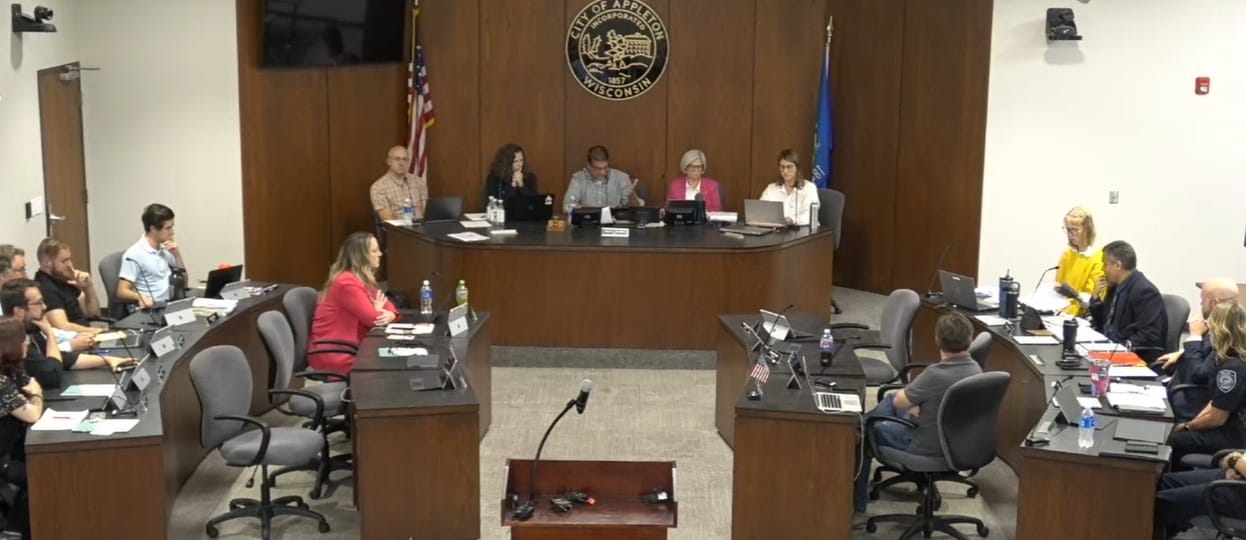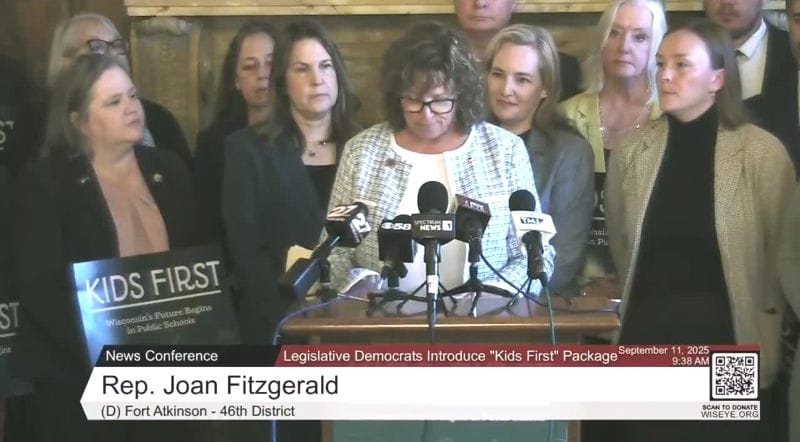Appleton committee holds off on truancy ordinance, citing need for more information

The Appleton Safety and Licensing Committee decided to postpone a vote on a proposed truancy ordinance, opting to hold the resolution for two weeks to allow for more discussion and to address outstanding questions. The decision came after a lengthy public meeting that featured passionate testimony from community members, school officials, and city leaders, highlighting deep divisions over whether a punitive measure is the right tool to combat student absenteeism.
The resolution, first submitted by former Alderperson Bill Siebers in April, seeks to reinstate a truancy ordinance that would allow for citations and fines for habitually truant high school students. Supporters, including Siebers and Appleton Area School District (AASD) leadership, argue it's a "last resort" tool to re-engage a small, but critical, group of students who are not attending school. Opponents, including many community members, believe punitive measures are ineffective, disproportionately harm marginalized families, and could create a "slippery slope" with negative long-term consequences.
A Last Resort or a Slippery Slope?
Superintendent Greg Hartjes and his staff, including attendance coordinators Stephanie Marta and Stacey Nitka, presented data and case studies to the committee. Hartjes clarified that the district is seeking the ordinance to address a specific population of students who are "not in school at all" and are "not participating in any of the interventions offered." He stated that last year, this group comprised 31 students, with 17 being students of color – a number slightly higher than their percentage of the total student population.
"We believe we can significantly impact many kids without ever even having to think about a ticket for them," Hartjes said, noting that the mere presence of an ordinance could dissuade students from reaching the point of total non-engagement. He cited data from other districts showing that a truancy citation improved attendance for 40% of students. "Even if it positively impacts or redirects just two of those 31, we believe that that effort is worth it," he added.
Bill Siebers, the resolution's author, echoed this sentiment, stating, "If you vote the truancy ordinance or resolution down, nothing will change... it is possible the problem of truancy will only grow." He said he believes safeguards are in place to ensure citations are a last resort.
However, several public speakers voiced strong opposition. One Appleton resident and parent, called the measure a "step backwards" and expressed concern for poor and marginalized families. "I'm not in agreement with punitive measures to be used in these with the issue of truancy," she said, citing research that shows such measures "are not shown to be effective and can actually cause harm."
Complexities and Unanswered Questions
The discussion quickly became a deep dive into the legal and practical implications of the ordinance. Alderpersons posed numerous questions about accountability, data collection, and the role of various city entities.
- Uniformity and Discretion: Alderperson Katie Van Zeeland questioned how the city could ensure fairness when the number of cases handled by the county is capped at 30-40 per year, and why some students would be ticketed while others with similar attendance issues would not. AASD staff explained that citations would only be used for students who are completely disengaged, and that the vast majority of habitually truant students respond to other interventions.
- Legal Authority: Assistant City Attorney Zak Buruin clarified that while the city council can choose from a "menu of options" provided by state statute for dispositions, it cannot "craft its own." He also noted that the city lacks direct enforcement authority over the school district and that the ordinance's effectiveness would depend on the willingness of all parties to collaborate.
- Proposed Amendments: The meeting concluded with Alderperson Sheri Hartzheim introducing a substitute resolution that would enact the ordinance on a trial basis from Jan. 1, 2026, to July 1, 2027. The amendment also includes a requirement that the AASD provide evidence of internal supports offered to students before a citation is issued. Alderperson Brad Firkus then proposed a further amendment that would explicitly list the accepted dispositions and set detailed reporting requirements for the school district.
Ultimately, with multiple complex amendments on the table and several alders expressing a need for more time, the committee voted to hold the discussion until its next meeting. This will give members and the public an opportunity to review the proposed amendments and seek answers to lingering questions about the ordinance's potential impact.






